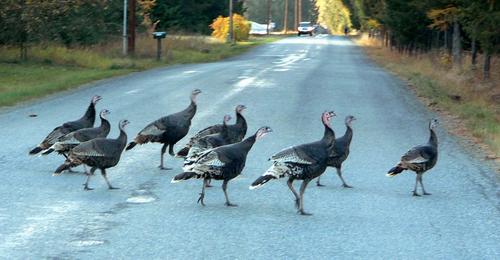
Managing a turkey population is difficult enough without poachers. Illegal hunting, commonly referred to as poaching, can be a serious problem on turkey populations on the edge of failure. It was for this reason that regulated hunting and seasons were put into place. Turkey hunting regulations are based on sound biological information and harvest data to protect the wild turkey populations. Data from annual gobbler survival surveys range from 30 to 55 percent on heavily-hunted public areas. That may not sound too bad to many people, but did you know that as much as 90 percent of all gobbler mortality occurs during the spring hunting season? This is when turkey toms are most vulnerable — and when poachers can really put the hurt on local turkey populations.
Game regulations are only as good as the hunters that follow regulations. Sure, game wardens enforce wildife laws, but there are very few game wardens in the woods. Most hunters are not poachers. In fact, I would not even call a poacher a hunter. A poacher is really just a wildlife theif. Turkeys are protected by regulations, ethical hunters, and landowners. If you feel turkey populations are impacted by illegal hunting in your area, contact your local game warden as soon as possible. You can also take things a step further if you are a land owner by limiting hunting access to enhance the establishment and maintenance of wild turkey populations.
Although turkeys are very susceptible to hunting early in the season, the survival rates of gobblers and jakes are not significantly different. Harvest management, such as holding back on the harvest of jakes, can increase the number and percentage of adult gobblers. In addition, an important part of your harvest management program should include the collection of information from gobblers harvested. This data should include weight, beard length, spur length, and age class.